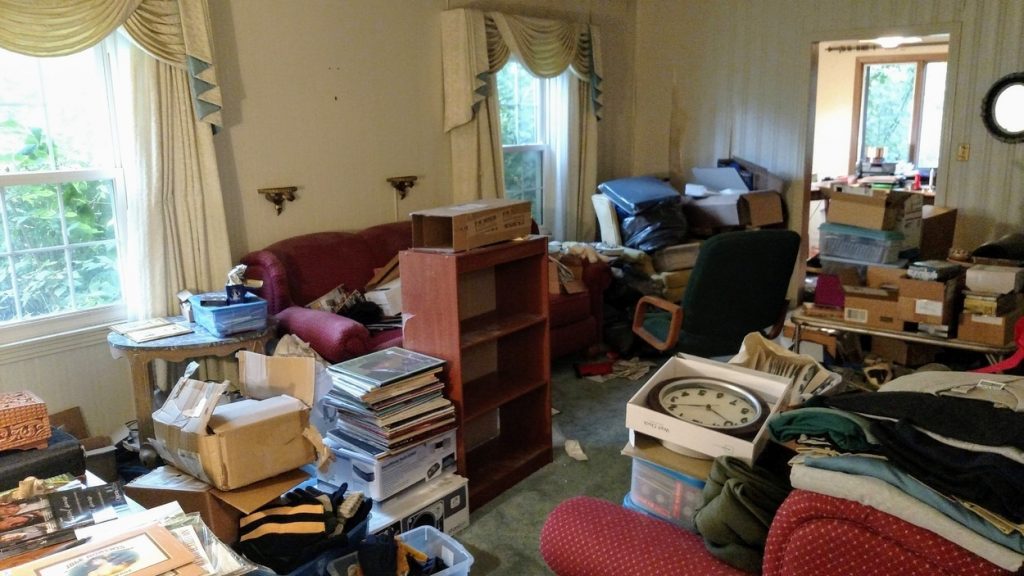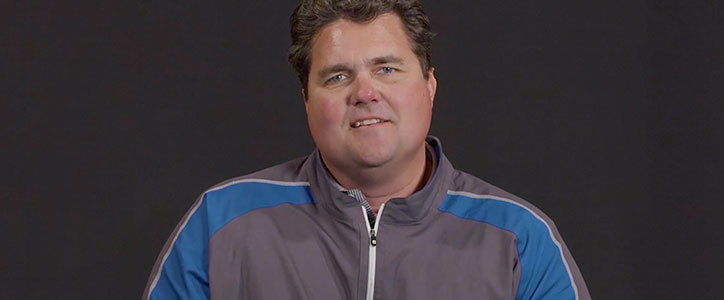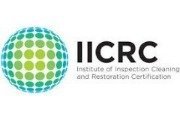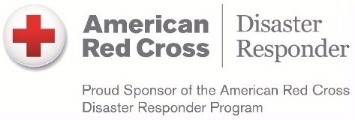Hoarding is a sensitive subject for those who are victim, yet very frustrating for those who have to deal with it, and often times, the situation is avoided. One out of every 50 individuals are affected by hoarding, and only 15% of individuals recognize their behavior is irrational. Hoarding is a type of OCD (obsessive Compulsive Disorder), where individuals get emotionally attached to items, and constantly acquire more. They fear throwing items away, and eventually, their home becomes stockpiled of items, blocking rooms and entrances, making the home an unsafe environment.
Due to the amount of clutter in a home, the home’s condition quickly deteriorates and becomes a hazard for anyone in and around the home. When areas of the homes become inaccessible, we are now facing fire hazards, structural damage, mold growth, pest infestations and a number of health issues, including respiratory diseases and infections.
When rooms become blocked off, and there is too much clutter, an individual can’t clean, can’t bathe, can’t cook, or do any other daily activity. Dirt, bacteria and other harmful microorganisms grow and thrive. Rotting food, trash, human/animal waste, and other decomposing items release dangerous byproducts that can make the hoarder sick and create the ideal breeding ground for bacteria and potential disease.
Hoarding of Animals
Hoarding itself is a bad situation. Now when you mix in animal hoarding, the spread of germs and disease and waste can contaminate both human and pet food. When an animal dies in the home, the carcass may never be found or removed, which creates a very hazardous situation.
Pesty Visitors
The hoarders home is a haven for pests. With all of the rotting materials and decomposing items, they provide an excellent source of food for cockroaches, rats, flies and other rodents. The piles of junk provide the ideal breeding and hiding place for these animals. They build their nests, find plenty of food, and grow in number, leading to a pest infestation.
Air Quality and Fire Risks
Due to the amount of dirt and dust throughout the home, the odors and ammonia from decaying food/carcass, this has a serious impact on the indoor air quality. This may result in a number of respiratory problems. When stacks of clutter tip over, they can potentially fall onto the individual, or fall and block air vents, causing lack of oxygen, causing the carbon dioxide levels to rise throughout the home. Hoarders are also at great risk for house fires. Much of the clutter consists of flammable material (clothing, paper, etc). If clutter were to fall on heat vents, or rodents were to chew through wiring, this poses great risk for a fire.
Mold and Structural Issues
When clutter prevents proper air circulation, stale air, mixed with decaying organic material and high levels of humidity, this provides the perfect breeding ground for mold. Spoiled food and dirty dishes and containers that are kept in the house for months or years harbor mildew and fungus growth. This results in severe mold problems, which can cause major structural damage and health issues.
The Clean Up Process
When dealing with a severe case of hoarding, that is where the professionals, like Crew Construction and Restoration, come in. Our team wears the appropriate gear (gloves, mask and goggles) to protect themselves from exposure to diseases and bacteria. Our team will work room by room, discarding any and all hazardous materials/waste, and saving what is salvageable. The family is then able to decide what to keep, donate or throw. Once all the items are removed from the home, we start the mold remediation, restoration and rebuild process.
A hoarding situation is very difficult on individuals and their family. If you or a loved one, family member or friend, are suffering from this illness, but ready for a fresh start, our team is there for you. Crew Construction and Restoration will restore your home to its original state. Give us a call, and let’s start by getting the conversation going.



